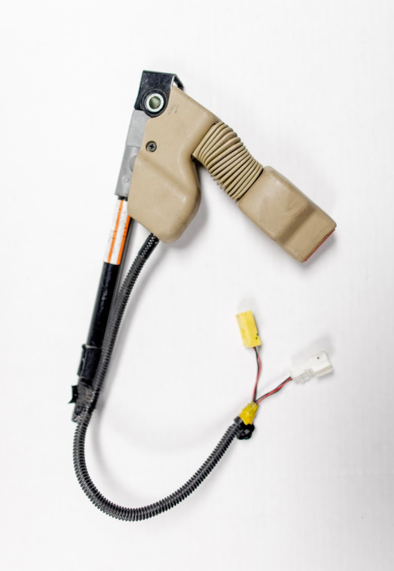
Since seat belts are the main line of defense in keeping you safe during an accident, it may be a good idea to know how seat belt mechanism works.
In a conventional seat belt system, the seat belt webbing is connected to a retractor. The spool, being one of the main elements in the retractor is attached to one of the ends of the webbing. Inside the retractor is a spring that applies torque to the spool, causing the spool to rotate, winding up any loose webbing. The seat belt retractor also has a locking mechanism that stops the spool from rotating. The retractor can be triggered by the car’s movement. The spool locks when the vehicle decelerates rapidly, like when the vehicle is in a collision. The retractor can also be triggered by something jerking the seat belt webbing. This can occur even if someone pulls the seat belt to quickly when buckling themselves in.
In some newer seat belt systems, a pretensioner does the job of tightening the seat belt webbing. However, it works together with the conventional locking mechanisms, rather than in place of them. Unlike the conventional locking mechanism in a retractor that simply keeps the belt from extending any further than it is before the accident, a pretensioner tightens any slack that may exist. When an accident occurs, the gas in the pretensioner flares. This creates pressure that builds up, which then rotates the retractor. Pulling back any slack in the seat belt puts the individual firm in their seat. This helps minimize the damage that person may receive during the accident.
Now that you know more about how seat belt mechanism works, it is safe to say that it is important to have all the mechanisms working and in good condition. If you are ever in an accident, you want to be fully protected. Safety Restore is a company that offers many services including seat belt webbing replacement, seat belt repair, airbag module reset, and more. They repair with 100% OEM parts and have a lifetime warranty. Stay safe on the road and make sure your seat belt is working properly.
